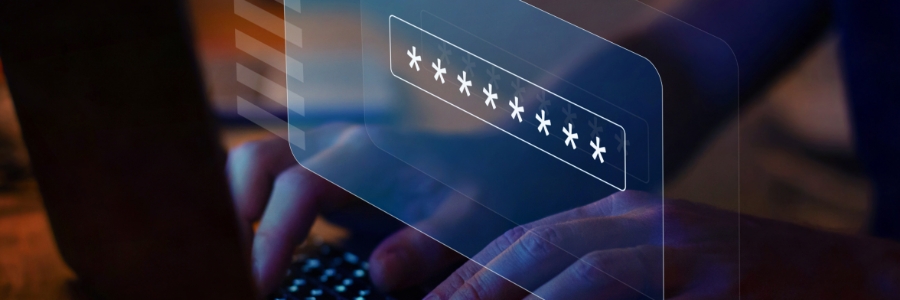During the holiday season, skipping the crowds and shopping from your computer or phone is undeniably convenient, but this ease of access comes with potential pitfalls. Cybercriminals ramp up their tactics, preying on unsuspecting shoppers with scams, fake deals, and phishing attempts.
Strengthen Your Security by Addressing Mobile Phishing Threats
Unwrapping the truth about cyberthreats: A holiday security guide for retailers

The holiday season brings tons of opportunities for retailers to thrive, but it also opens the door to increased cyber risks. With so many people shopping and transactions spiking, cybercriminals see this period as a perfect chance to strike. From sneaky phishing attempts to full-blown ransomware attacks, your business could be at risk.
Top holiday cyberthreats retailers need to watch out for

During the holidays, retailers can feel overwhelmed by the number of tasks they need to complete. But while keeping up with the holiday rush, they also need to be vigilant about potential cyberthreats. With more customers shopping online and increased payment activity, there are several risks that can affect retailers during this time.
Hack-proof your passwords with the latest NIST password guidelines

Want to outsmart hackers? Start with your passwords. By following the latest guidelines from the National Institute of Standards and Technology (NIST), you can create robust passwords that will keep your accounts and information secure.
The evolution of password guidelines
Initially, NIST emphasized the complexity of passwords, encouraging a mix of uppercase letters, lowercase letters, numbers, and special characters.
The 5 most common security risks to your IT and how to address them

Security breaches often stem from a handful of common threats, both internal and external. Identify the five most IT security risks and learn how to address them effectively to keep your systems safe.
Accidental malware installation
Malware, also known as malicious software, is software created that causes damage to computers, servers, or networks.
The hidden dangers of fileless malware

A new generation of malware is on the rise, and it’s proving to be a formidable opponent for businesses of all sizes. Fileless malware is just one of the many types of attacks that organizations need to be aware of and prepared to defend against.
What is fileless malware?
Fileless malware is a type of malicious program that operates without using executable files to infect a computer like how traditional malware does.
How cybercriminals bypass MFA and what you can do about it

Do you feel more secure knowing that you have multifactor authentication (MFA) in place? While MFA is a powerful security measure, it’s important to realize that it’s not infallible. In this article, we’ll explore the ways MFA can be compromised and provide practical tips to protect your organization.





